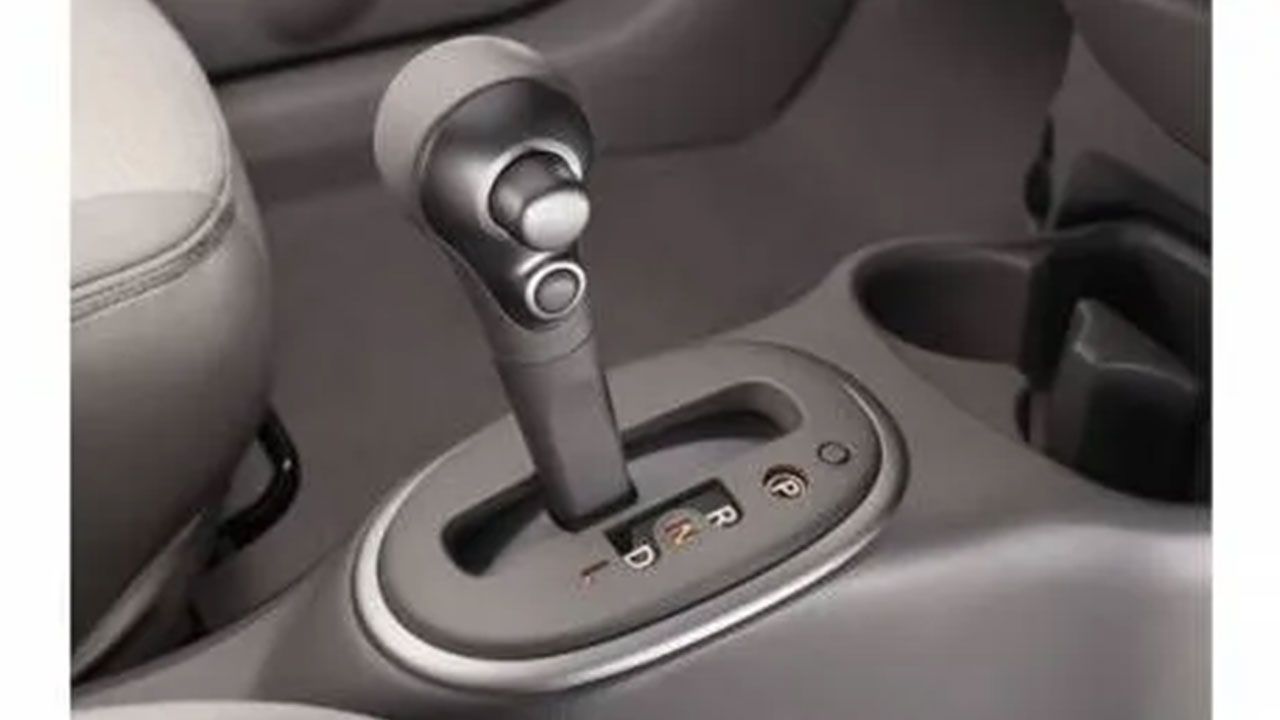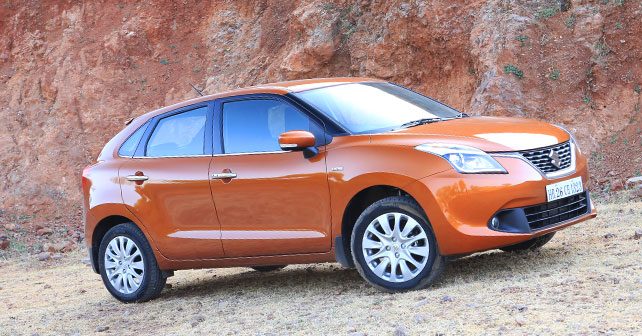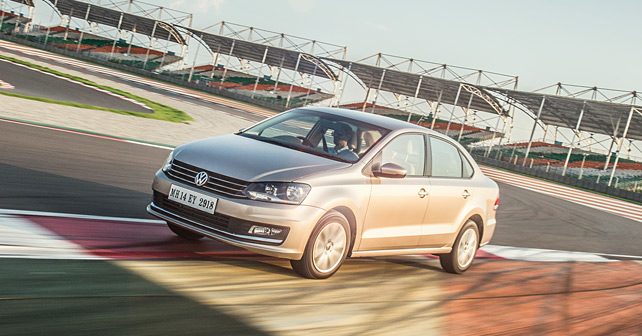
Can't get your head around the different types of automatic gearboxes? Here's some quick help to make you understand the differences between a CVT, Torque Converter, AMT and a dual-clutch transmission.
There’s no denying the fact that cars with manual transmission have long been the default choice for a majority of new car buyers in India. Now, though, that mindset is gradually changing. With more and more drivers having a left-foot workout with the clutch pedal whilst sitting idle in traffic jams, upgrading to an automatic car makes more sense than ever before. And what’s really helping new car buyers to consider automatic transmissions more seriously now is the fact that there’s no dearth of cars without a clutch pedal these days – yes, even at the lower end of the spectrum.
For a very long time, there were very limited options available in the mass market car segment in case you wanted a clutch-free drive. In the last couple of years, though, there has been an onslaught of new and affordable automatic cars in the market. However, different manufacturers are offering different kinds of automatic gearboxes in their cars – there’s CVT, torque converter, AMT and dual-clutch automatics. So, how different are these automatic gearboxes from one another in terms of working mechanism? And what are their pros and cons? Let’s figure out:
1. CVT: CVT or Continuously Variable Transmission is the most common type of automatic gearbox found in small cars or automatic scooters. Its working principle is quite easy to understand – a CVT transmission uses two conical pulleys connected by a V-belt. One of the pulleys is connected directly to the engine while the second is coupled to the driveshaft or wheels. So, depending on the engine/wheel speed the belt moves back and forth between the pulleys and offers ‘continuously’ changing gear ratios, thereby, providing smooth and seamless shifts. On the downside, a CVT experiences ‘rubber-band effect’ under hard acceleration – the engine revs high and gets all noisy but there’s a considerable delay before the vehicle starts accelerating.
Pros: Smooth and seamless drive, fuel efficient.
Cons: Noisy; not as responsive as other automatic gearboxes.
Cars offered with CVT: Renault Duster petrol CVT, Maruti Suzuki Baleno CVT, Honda Amaze AT, et al.
2. Torque Converter: Torque converters are the most widely used automatic gearboxes – from small hatchbacks to high-end performance cars, this type works everywhere. As for its running principle, a torque converter uses a viscous coupling that permanently connects the engine and transmission - there’s no clutch and, hence, no need to engage/disengage gears at varying driving speeds. Because of this, power transmission is smooth and refined.
But, on the flip side, since there’s no physical contact between the engine and transmission - it’s only through a fluid coupling that the power is transmitted between the two - there’s always a bit of a slippage to have, which results in a power loss of around 8-10 per cent. Torque converters are, therefore, less fuel efficient than a manual gearbox or a CVT.
Pros: Refined, smooth, reliable; more responsive than a CVT.
Cons: Not the most fuel efficient; expensive.
Cars offered with Torque Converter: Hyundai Creta AT, Maruti Suzuki Ciaz AT, etc.
3. AMT: AMT or Automated Manual Transmission is not a fully automatic transmission per se – instead it’s a manual transmission with automated controls, which its name also aptly suggests. An AMT is based on a normal manual gearbox but makes use of an electronic control unit and hydraulic actuators to engage/disengage clutch from the engine and shift gears. So, basically, instead of you rowing the gears yourself, the electronic system and actuators do the job for you. And since an AMT uses a computer algorithm to swap gears, they can be even more fuel efficient than a manual gearbox.
Pros: More affordable than a CVT or Torque Converter; more fuel efficient than a manual gearbox.
Cons: Jerky and slow gear shifts - it takes time getting used to the way an AMT works.
Cars offered with AMT: Renault Kwid AMT, Maruti Suzuki Ignis AGS, DZire AGS, etc.
4. DSG or dual-clutch transmission: In essence, a Direct-Shift Gearbox (DSG) or dual-clutch transmission is also a semi-automatic gearbox and falls under the AMT category. However, in comparison to the single-clutch automated manual transmission you’ve just read about in the above paragraph, a DSG uses two clutch plates. Not to mention, its working is far more complicated. But then, it’s also lightning quick and more superior.
A DSG gearbox houses two clutches, each connected to its individual shaft. The shaft attached to the first clutch has odd-numbered gears while the other shaft has even-numbered gears. For example, a six-speed DSG will have gears 1-3-5 connected to the first shaft while 2-4-6 will be linked to the second shaft. Think of it as two manual gearboxes working in a single transmission casing.
So what happens during upshifts is that an electronic control unit quickly drops one clutch and engages the other clutch - which has already got the next gear pre-selected and running. Similar is the case for downshifts. The advantage of having two clutches is that it reduces gearshift times massively – a DSG can change cogs in between 8 milliseconds to 150 milliseconds!
Negatives? DSGs tend to be jerky at low speeds and they’ve a reputation for poor reliability. Plus, its repairing costs can be exorbitant.
Pros: Lightning fast and smooth gear shifts, fuel efficient.
Cons: Long-term reliability is questionable; judders at low/parking speeds.
Cars offered with DSG: Volkswagen Polo GT TSI, Skoda Rapid DSG, Ford Figo DCT, etc.
Also read: Maruti Suzuki Ignis AMT vs Nissan Micra CVT





















Write your Comment